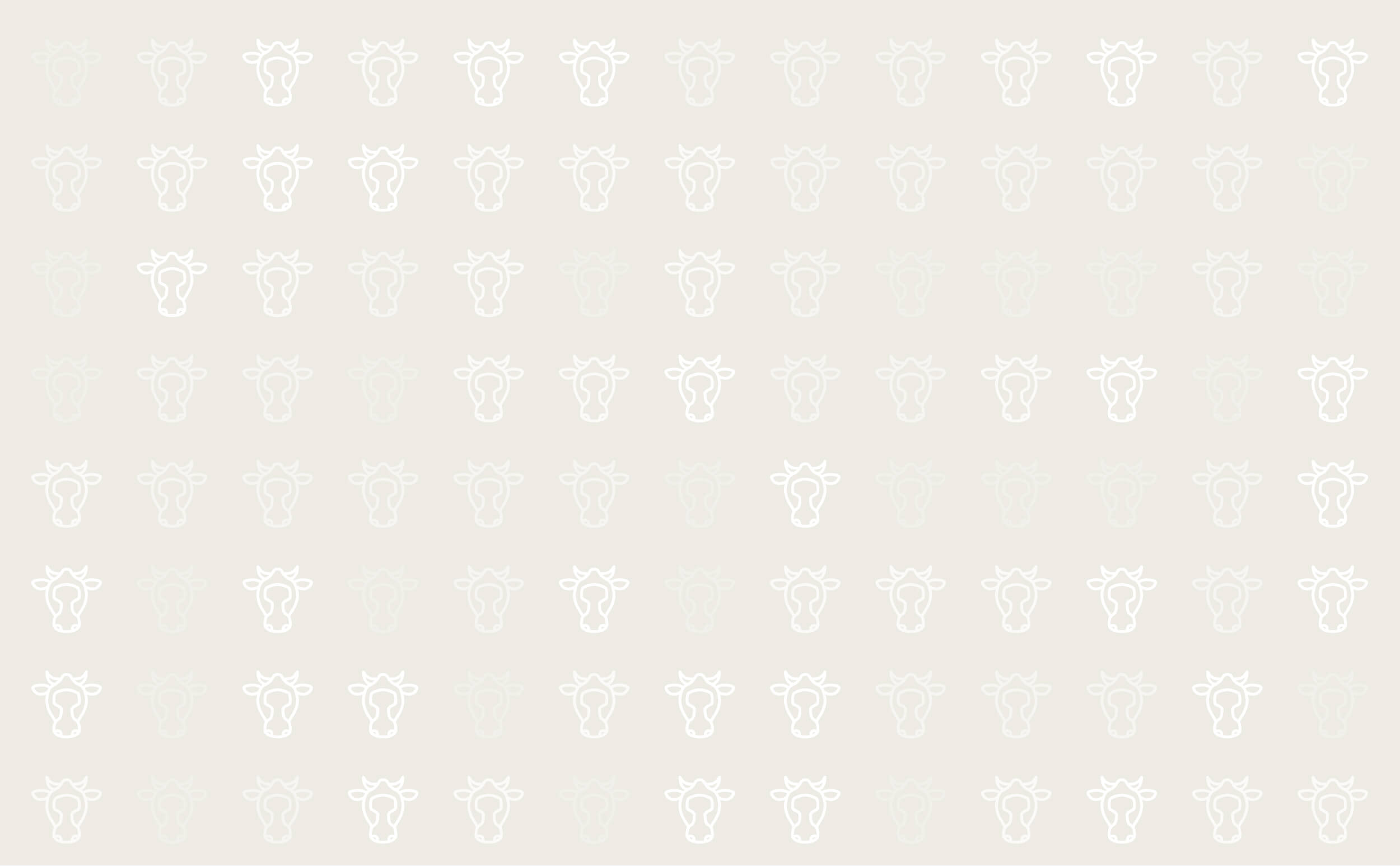



Mange
Cause
Mange is the term used to describe infection by mites, microscopic relatives of spiders. They inhabit and damage the skin of domestic animals and man. Problems are most frequently seen in the autumn and winter but can occur all year round.
Symptoms
The surface mite is usually found on the neck, legs, and tail head. It produces limited hair loss, which only increases slowly in size. However, the lesions are obviously itchy which results in hide damage elsewhere as the cattle try to rub the affected areas.
The sheep scab mite is found on the flanks and around the tail head and anus. Although this mite feeds on the surface of the skin, its mouthparts pierce the skin, producing blisters, which are very irritant.
The burrowing mite prefers the neck and the loin area next to the tail (leading to the description of ‘neck and tail’ mange). As they burrow into and out of the skin they produce a much more intense irritant reaction so that the skin damage rapidly develops with much larger areas being affected and the skin becoming very thickened and crusty. Infection of the damaged areas often develops and affected animals have much reduced production.
Treatment
The choice is between pour-on products and injections. The first are easier and quicker to use and are often cheaper. However, in severely infected animals (as is often seen in burrowing mite problems), the skin reaction can mean that contact between the product and the mite is limited. In such cases, scabs may have to be removed before treatment. If very severe then injectable products are probably a better bet. For very severe surface mite problems, an injection should be followed up by a pour-on treatment when the skin has recovered, as in this species (unlike the burrowing mite) injections only control but do not eliminate. Sheep scab mite can be effectively controlled with injections.
The timing and frequency of treatments depend very much on individual circumstances. In most clinical cases, two treatments will give adequate control of cattle mites for the housing period. Whichever product you use, dose accurately, ensuring that you do not under-dose as under-dosing is the best way of ensuring the development of mites that are resistant to treatment.
Treat all cattle on the property at the same time if possible, choosing a time when they are not stressed or in poor condition. If groups have to be treated separately, such groups should be kept apart to ensure there is no contact between treated and untreated groups.

